Social Stigma and Covid-19 Pandemic
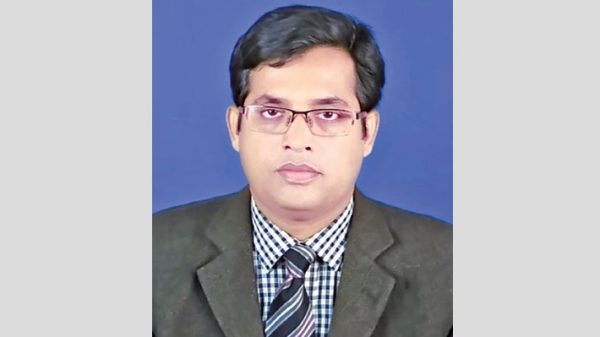
Pranab Kumar Panday:
Social stigma is the derogatory connection of an individual or group of people who hold common features and a particular disorder in the context of health. An epidemic can be labelling, stereotyping, prejudice and/or loss of status for people due to the extreme belief that disease is associated with. Anyone with the disease, their relatives, the family friends and communities may be adversely affected by such treatment. People who share some other features with this group may also be stigmatised even though they have not been infected by such disease. The Covid-19 pandemic has led to social stigma and divisive behaviour against anyone who is apparent to have been in contact with the virus.
The outbreak of Covid-19 in Bangladesh has compelled us to experience such social stigma associated with Covid-19 contamination. People do not want to get in touch with Covid-19 patients. In certain cases, even the family members are not providing adequate support to the persons who have been contaminated by the Covid-19. We have witnessed hundreds of cases where the children have been found leaving their Covid-19 infected parents in public places and on the streets. One such incident struck me when I saw the news on electronic media that children of a 50-year-old mother had left her in the Sakhipur forest at night suspected of having Covid-19 infections. There are instances that the owners are not renting their houses and flats to doctors and nurses even though they are the frontline warriors against the pandemic. These people do not keep it in mind that if they get sick these people will save their life.
On the other hand, the doctors and nurses have also become stigmatised as they feel shaky while taking care of patients with flu-like symptom and other health-related issues. Despite wearing PPEs and facemasks, most of the doctors have been providing healthcare without physical examinations. Moreover, the majority of doctors are not attending their private chambers. Instead, they have started providing services virtually. Even, the patient parties have also become stigmatised as regards to visit a hospital or diagnostic centre for fear of being infected.
We have seen that the infected husband was locked in a room by his wife and children without food and eventually died after one day. The social stigma associated with Covid-19 infection is the root cause of such brutality. The outbreak of Covid-19 has made many of us behave inhumanly. Even, after the death of a Covid-19 patient, no one wants to accompany him/her in the funeral though it has been repeatedly told by the doctors and the public health specialists that the virus does not remain active in a dead body after four hours. The public gathering has indeed been discouraged by the government and WHO in all rituals including the funeral. Unfortunately, the relatives and near and dear ones of the dead person are not showing their eagerness in attending the funeral. There are instances that the local administration did not find people to carry the dead body of a Covid-19 patient.
Stigma can weaken social stability and trigger social exclusions of communities that could tend to transmit the disease more rather than less. This may lead to additional severity concerning health challenges and concerns managing the spared of the virus. Stigma could prompt individuals to conceal the disease to escape discrimination, to dissuade people asking for healthcare services instantly, and to de-motivate them for practising healthy behaviours.
Since people with Covid-19 symptoms tend to be isolated from their families and their community, they will conceal their illness and discourage them from applying for testing and treating it. Such reticence to testing will not only put them at risk of severity but also contaminate many others at the community. Such behaviour will facilitate the rapid spread of Covid-19 contamination at the community. Meanwhile, the medical practitioners have hinted on that fact that the virus is infecting the lungs of most of the patients even they are asymptomatic. If the process continues, this may develop respiratory problems to millions of patents in the country. This may not get exposed in the recent future. However, it may have a catastrophic effect in the long run.
Now one may wonder why people are becoming stigmatised about the Covid-19 patients. The possible answer is that an intense feeling of fear and anxiety may lead to social stigma. They, therefore, begin to express them hideously and disappointingly. Such social stigma has a clear historical connection with epidemics and pandemics, as it induces xenophobia that leads to stereotyping, prejudice and loss of status as a result of the perceived relationship with a disease. This also makes a person distrust the unknown and they tend to keep a distance from others as they walk around. Having observed the movement of the majority of the people in Bangladesh, it seems that people have started taking the Covid-19 infection very lightly as they are moving around without wearing masks and maintaining social distance.
Now, a pertinent question is what can be done to overcome such stigma in dealing with the Covid-19 pandemic. Meanwhile, WHO has expressed their concern about misconception and the lack of awareness among the people concerning the Covid-19. Shreds of evidence demonstrate clearly that Covid-19 response has been hampered by stigma and fear around communicable diseases. Now it is essential to build trust on reliable healthcare information to display compassion with the affected individuals, to understand the disease and to take successful and realistic steps so that people and their families can be saved.
The government and the non-governmental organisations therefore must work hard to build confidence and trust by providing appropriate and reliable information on Covid-19 transmission and prevention. Most importantly, the government and other actors must disseminate reliable information so that citizens can follow prevention directives, including wearing of masks, practising hand washing frequently, avoiding overcrowded areas and maintaining of social distance. Both social and electronic media could play an important role in the dissemination of information among the people. The government should also intensify its testing and contract tracing related activities. More training requires to be provided to healthcare workers to reduce their fear about the Covid-19. The local government bodies have immense potentials in building awareness among the people at the local level. They could form volunteer groups with young people who could work to sensitise rural people to address social stigma associated with Covid-19. If people could overcome the stigma, they would not hide information relating to the disease.
Pranab Kumar Panday, PhD is a Professor of Public Administration and an Additional Director of the Institutional Quality Assurance Cell (IQAC) at the University of Rajshahi.





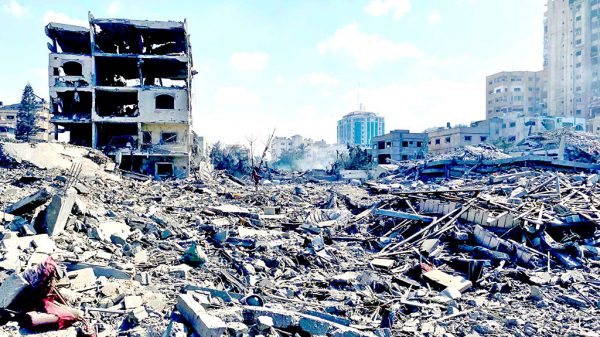

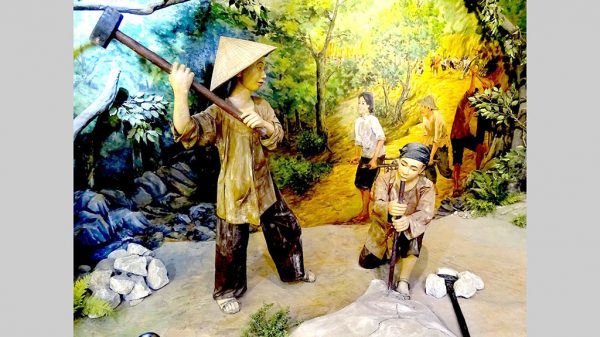


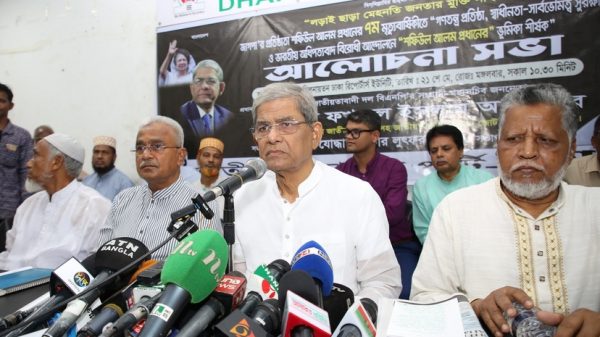




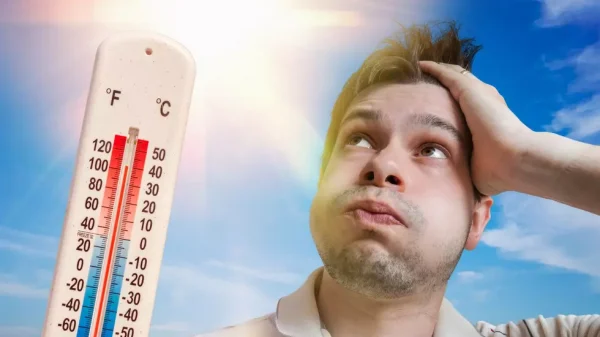













Leave a Reply